Basil Lemon
$4.49
Ocimum Americanum
- Seed Count 150
- Versatile herb
- Annual
In stock
Description
This basil is true to its name, one sniff and one would swear one was in a lemon orchard. Lemon Basil contains citral and limonene, therefore actually does smell very lemony, although it tastes sweeter. It has a very mild flavour, and while it smells beautiful, the ‘lemon’ in the name does trick one into expecting something that tastes a little more lemony. Use it to marinate, grill, finish, or dress salad dressings, sauces, fish dishes and desserts. It also makes a wonderfully citrus pesto.
The plants have small, light green leaves with with slightly serrated edges and white to pale pink flowers. They grow to around 30cm tall, so makes a wonderful compact border plant. They are also a good addition to the garden and can be grown in containers.
Lemon basil is a popular herb in Arabic, Indonesian, Philippines, Lao, Malay, Persian and Thai cuisine. The bright, fresh, lemony sweet scent and taste make them a perfect match for seasonal fruits and garden produce, a good addition to any recipe that calls for citrus highlights. The taste is milder than the ordinary basil and is often eaten raw.
| Method: Sow direct | Soil Temp: 18°C - 35°C |
| Cool Mountain: Sep - Jan | Position: Part Shade |
| Arid: Aug - Jan | Row Spacing: 25 cm |
| Temperate: Sep - Feb | Planting Depth: 2 mm |
| Sub Tropical: Aug - Feb | Harvest: 75 Days |
| Tropical: All Year | Plant Height: 60 cm |
Ideal Growing Conditions:
Climate:
- Basil thrives in warm climates. It is sensitive to cold, so it’s best grown during the warmer months. In most parts of Australia, plant basil in late spring after the last frost, continuing through summer.
Location:
- Choose a location that gets full sun, at least 6-8 hours a day. Basil can tolerate some afternoon shade, especially in very hot regions.
Soil Requirements:
- Basil prefers rich, well-draining soil. Incorporate plenty of compost or well-rotted manure to improve soil fertility and structure. Aim for a pH level of around 6.0 to 7.5.
Planting Basil:
Starting Seeds:
- Sow basil seeds indoors in seed trays or directly in the garden once the soil has warmed. Plant seeds about 2mm deep.
- Maintain moisture until seeds germinate, which typically takes about 7-10 days.
Transplanting Seedlings:
- If starting indoors, transplant seedlings once they have two sets of true leaves and temperatures remain consistently warm.
- Space plants about 25 cm apart to allow for proper air circulation.
Care and Maintenance:
Watering:
- Basil needs regular watering, especially during dry spells. Ensure the soil remains moist but not waterlogged. Water at the base of the plant to keep foliage dry and prevent fungal diseases.
Feeding:
- Fertilize with a balanced, organic fertilizer every 4-6 weeks. Alternatively, use a liquid seaweed or fish emulsion as a foliar feed.
Pruning and Pinching:
- Regularly pinch off the tops to encourage bushy growth and prevent the plant from flowering prematurely. Remove any flower buds to keep the plant focused on producing leaves.
Companion Planting
Benefits to Neighbouring Plants:
- Pest Repellent: Basil helps deter pests like aphids, mosquitoes, and some fruit flies. Its strong aroma can mask the scent of other plants, making them less attractive to pests.
- Attracting Beneficial Insects: Basil attracts pollinators and other beneficial insects, like ladybugs, which can help control pest populations.
Ideal Companion Plants:
- Tomatoes: Basil is often planted alongside tomatoes because it is believed to enhance their growth and flavour, while also repelling harmful insects like hornworms.
- Capsicum & Chilli: Like tomatoes, capsicum and chillies can benefit from basil’s pest-repelling qualities.
- Oregano: These herbs can thrive together, potentially enhancing each other’s flavours.
Plants to Avoid:
- Cabbage Family: Basil may compete unfavourably with plants like cabbage, broccoli, and cauliflower.
- Rue: This herb can be harmful to basil, so it’s best to keep them apart.
Soil Improvement:
- Basil can help improve soil health and structure through its root system, which can enhance nutrient availability for neighbouring plants.
Pest and Disease Management:
Common Pests:
- Be on the lookout for aphids, whiteflies, and slugs. Control these pests with insecticidal soap or introduce beneficial insects like ladybugs.
Diseases:
- Basil can be prone to downy mildew and fusarium wilt. Ensure good air circulation and avoid overhead watering to mitigate these risks.
Harvesting:
When to Harvest:
- Begin harvesting basil when plants are about 15cm (6 inches) tall. Harvest leaves in the morning when oil concentrations are highest for the best flavour.
How to Harvest:
- Use sharp scissors or your fingers to pinch off leaves or cut stems just above a pair of leaves. This will encourage new growth.
Preservation:
- For prolonged use, basil can be frozen or dried. For freezing, blend with a little olive oil and pour into ice cube trays for easy portioning.

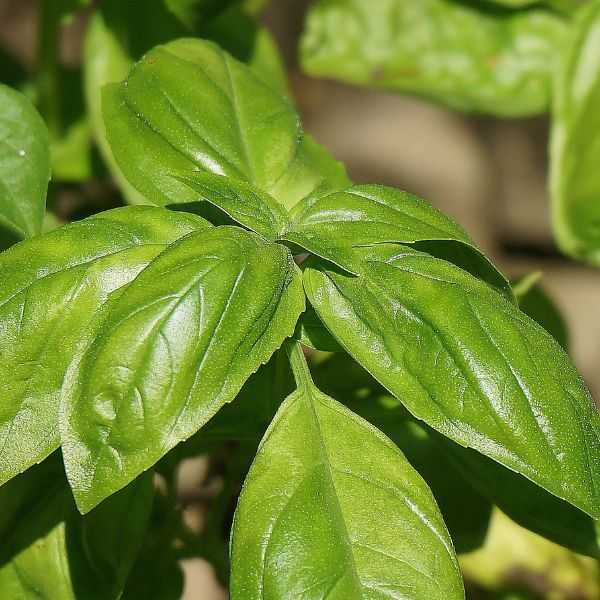



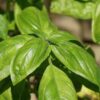
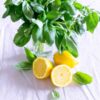
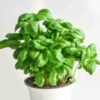
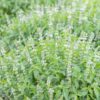
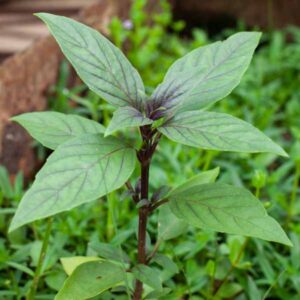
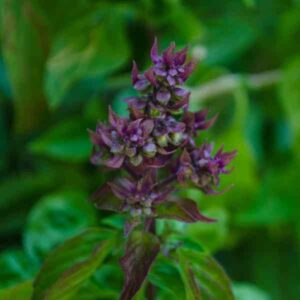
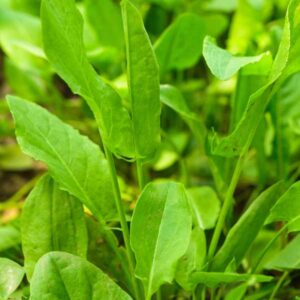
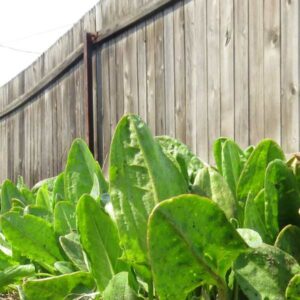
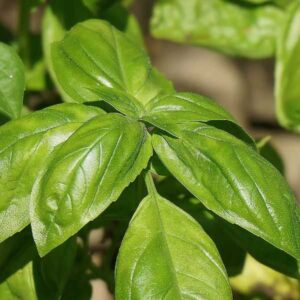
1 review for Basil Lemon